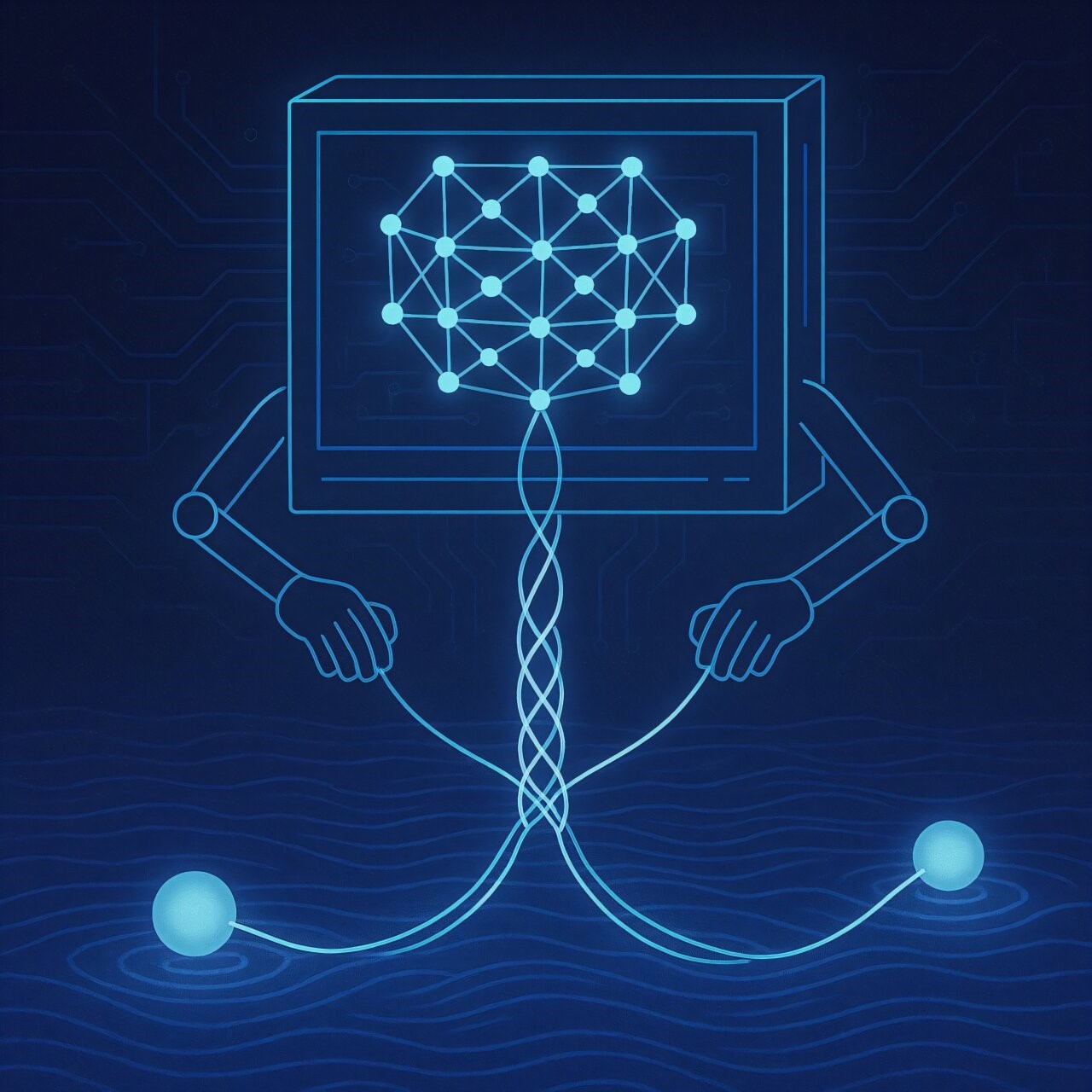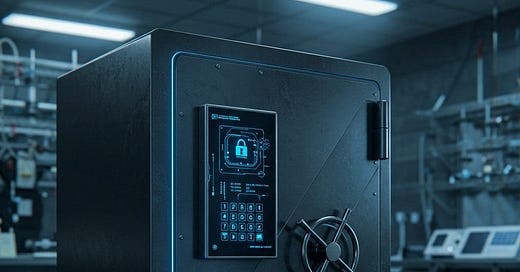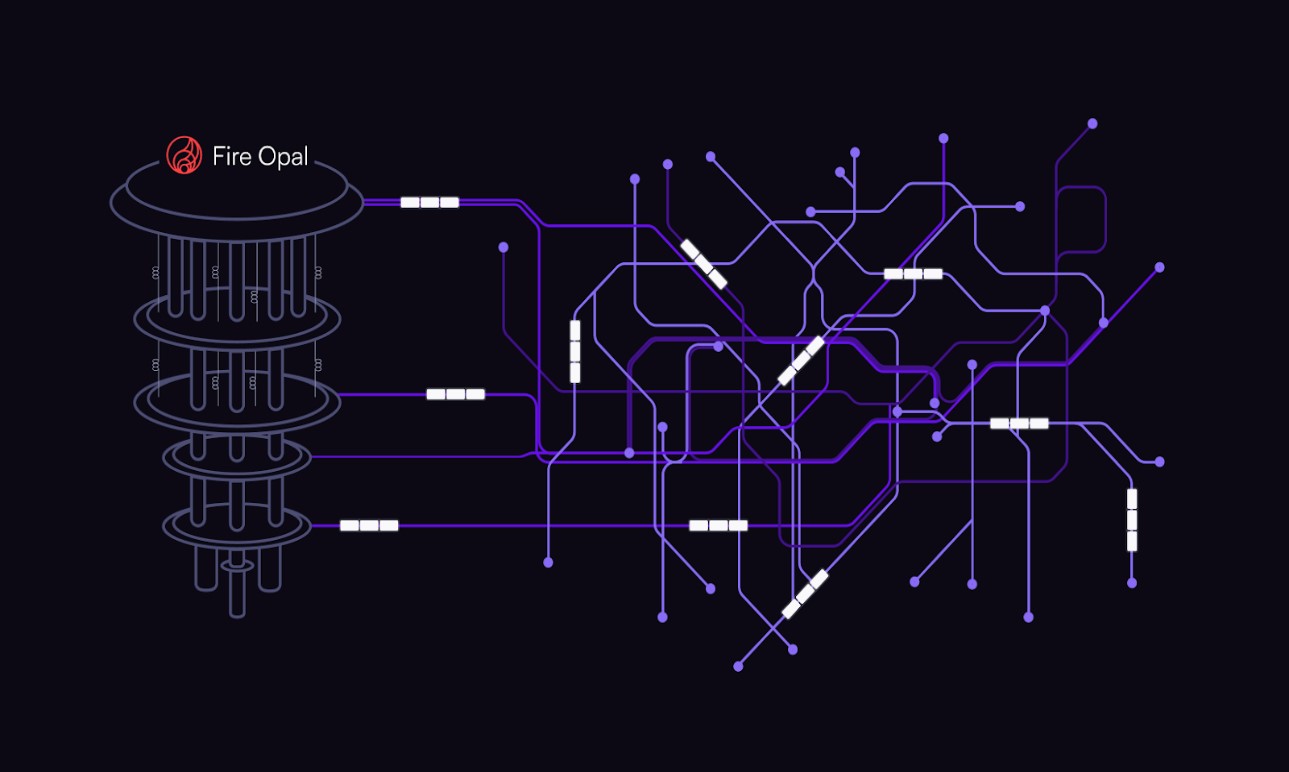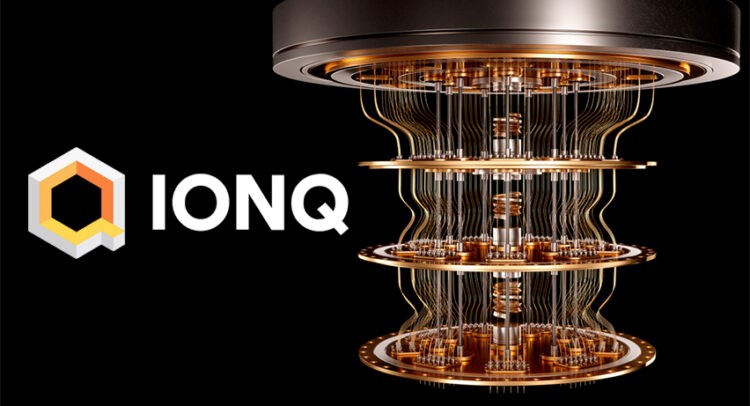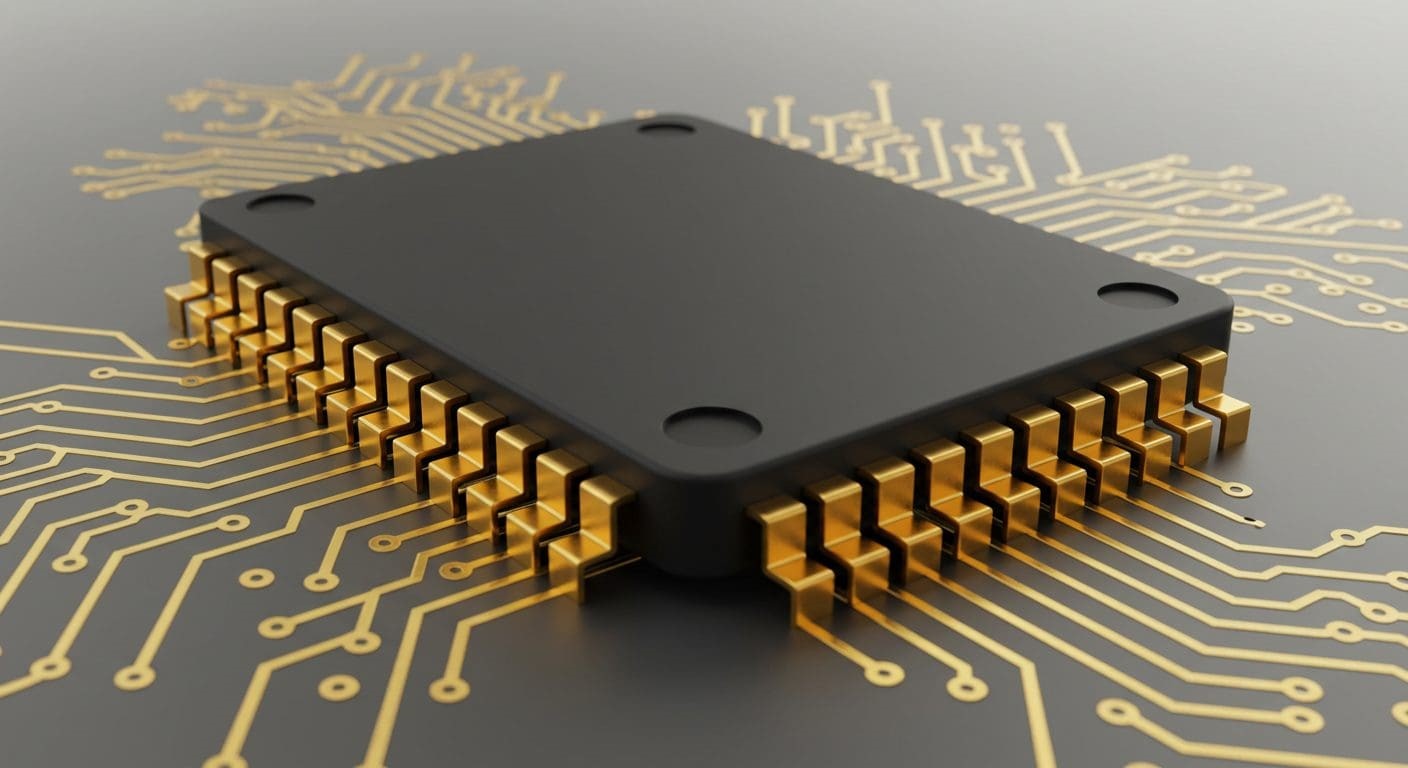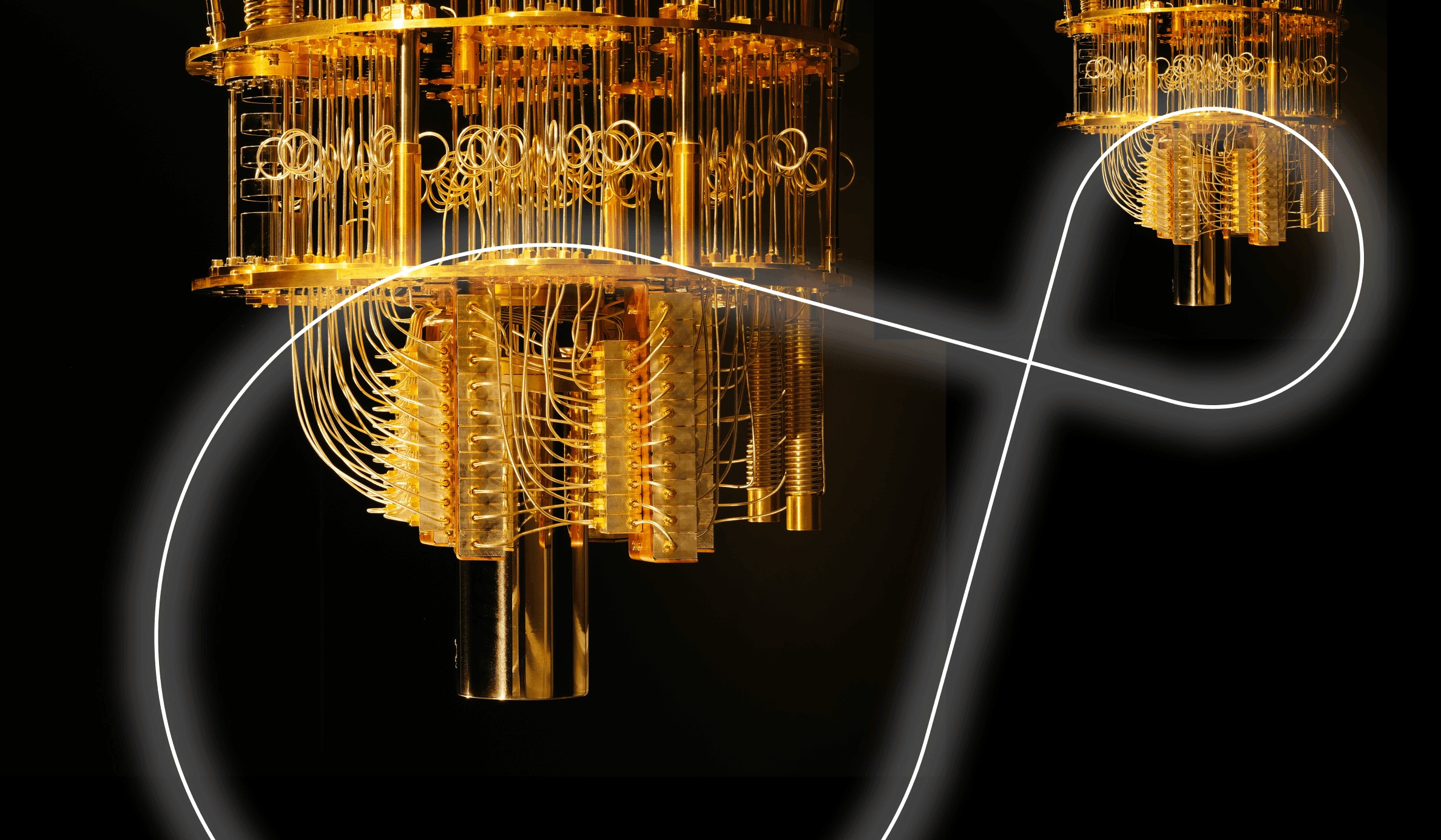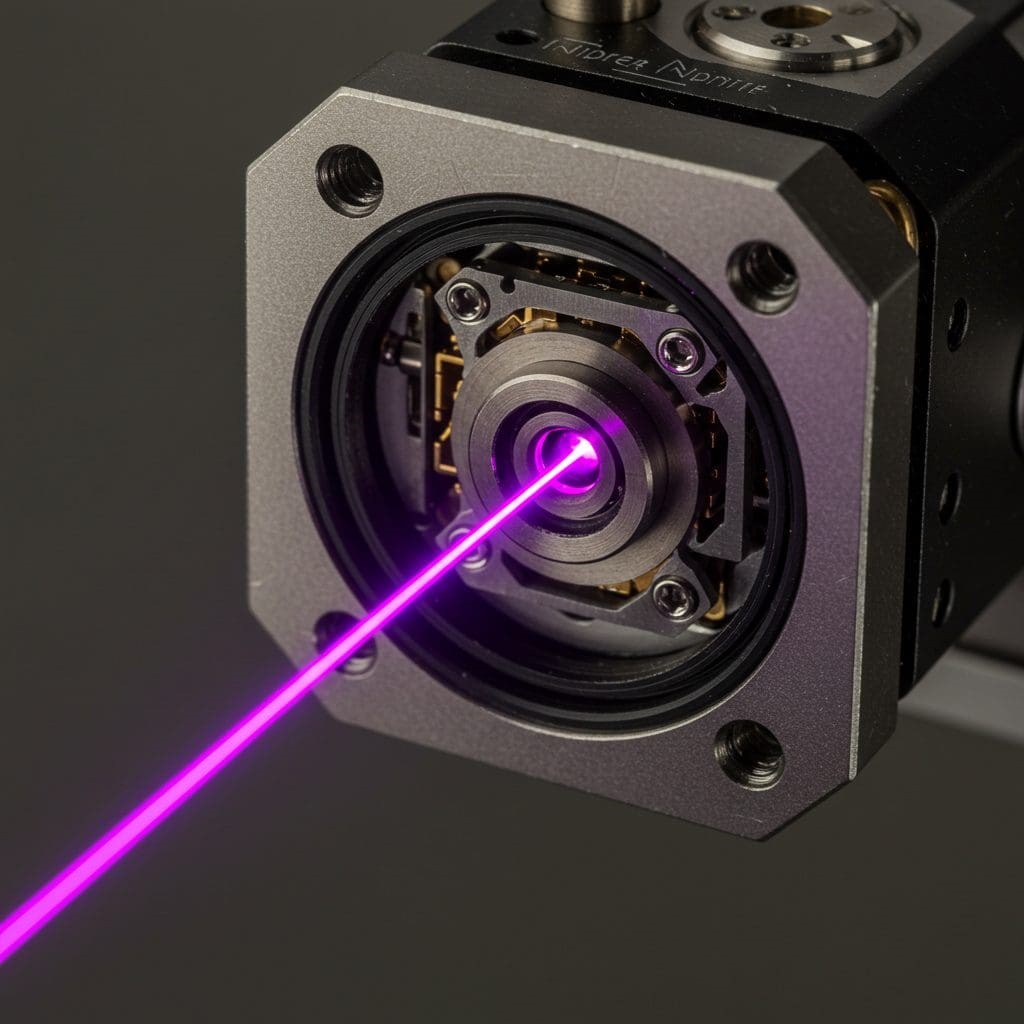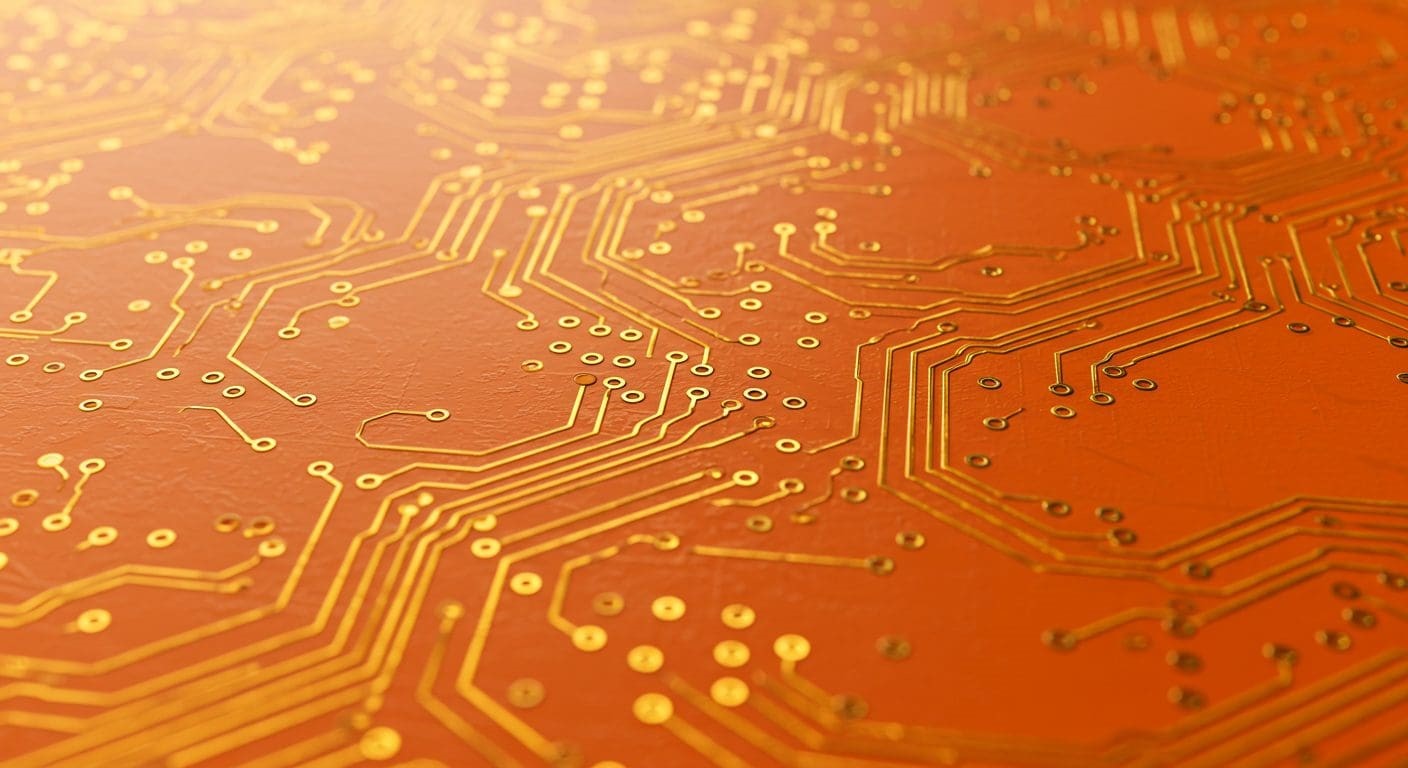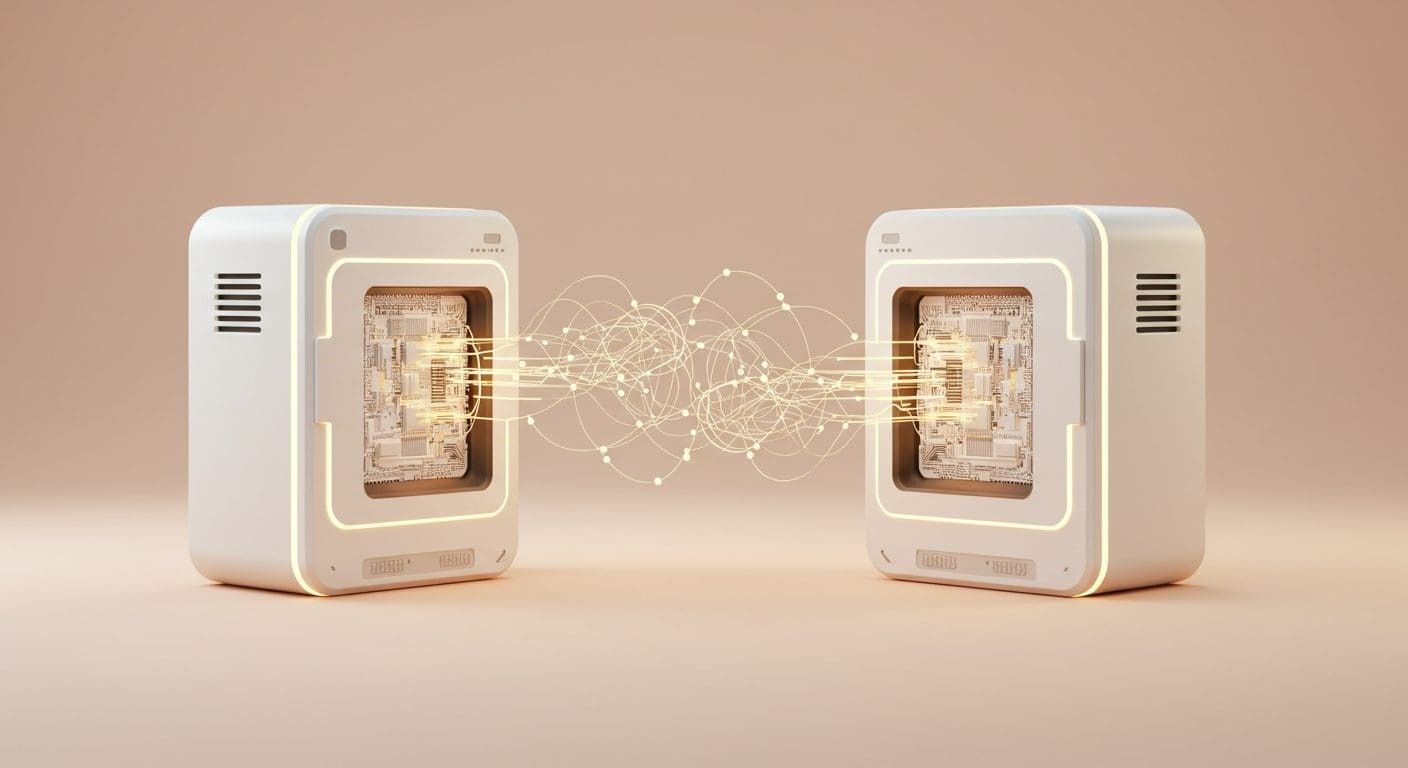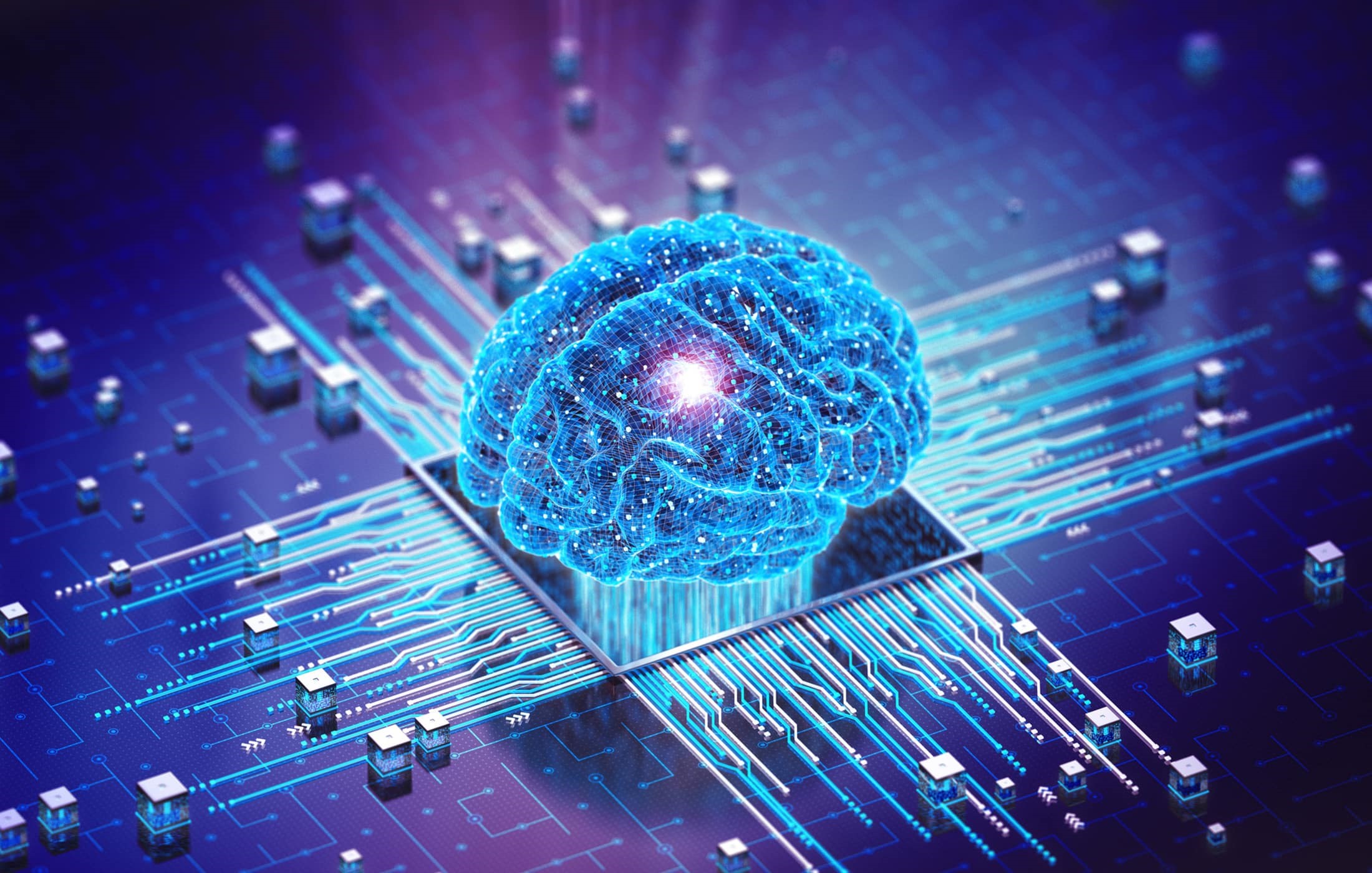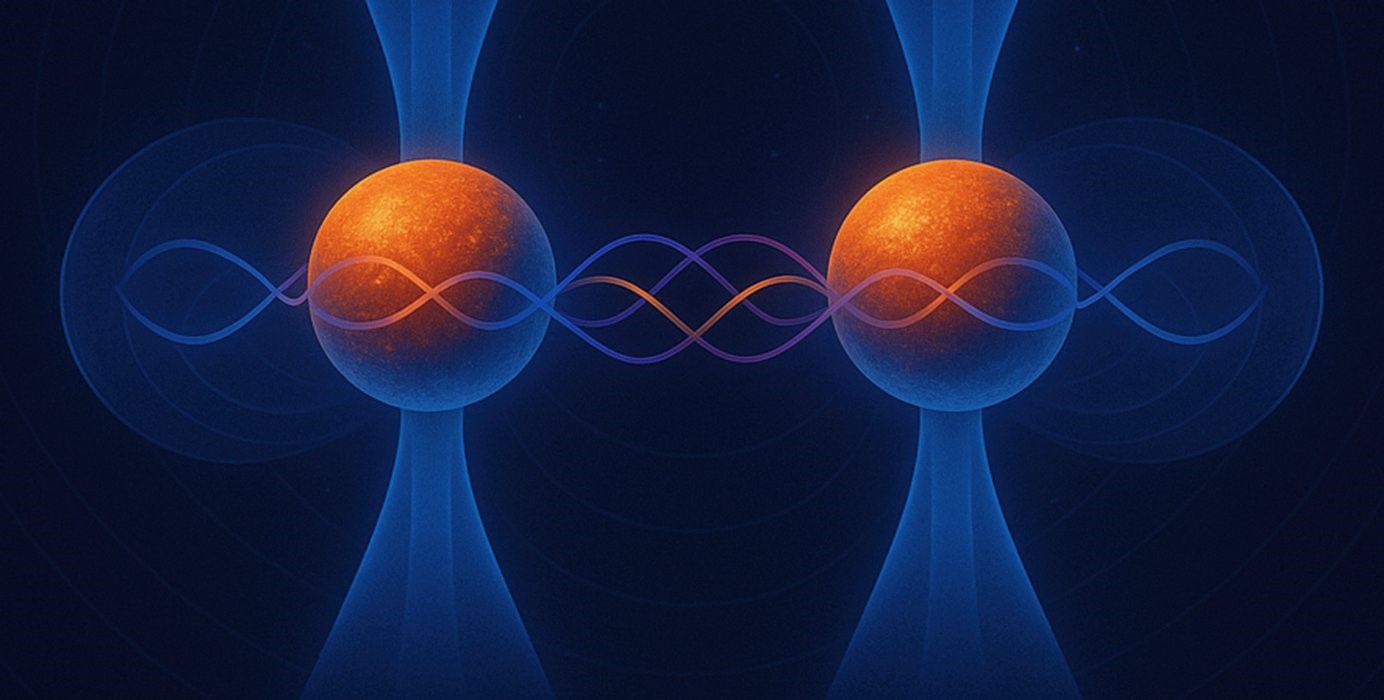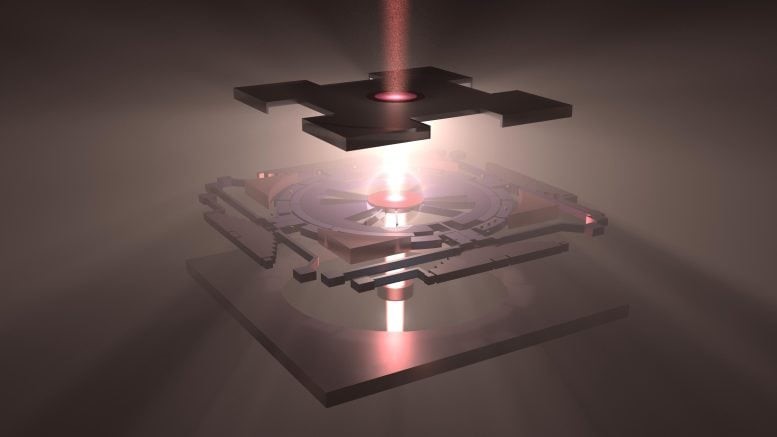Quantum Communication Protocol Combines Encryption with Error Correction
Researchers have developed a unified protocol that integrates encryption and error correction for quantum communication networks, aiming to enhance both security and reliability while minimizing communication overhead. The new method, introduced by Nitin Jha and Abhishek Parakh from Kennesaw State University and Mahadevan Subramaniam from the University of Nebraska Omaha, combines the Calderbank-Shor-Steane (CSS) error-correcting code with a three-stage communication process. This approach enables the secure and accurate transmission of arbitrary quantum bits (qubits) between parties, addressing the noise-related vulnerabilities inherent in quantum networks and offering a more streamlined alternative to traditional, separate encryption and error-correction methods.
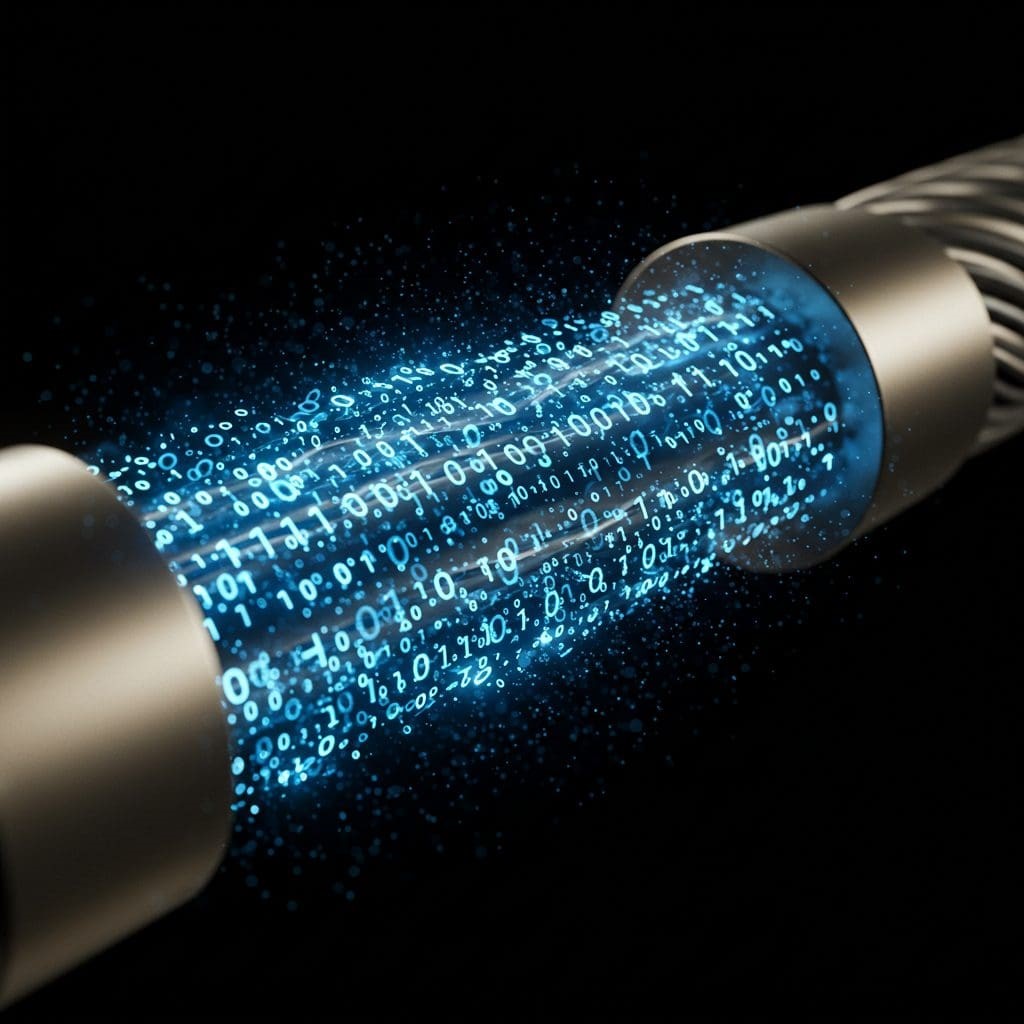
Figure 1. Quantum Communication Protocol Combines Encryption and Error Correction
Unified Quantum Key Distribution with Combined Encryption and Error Correction
Quantum Key Distribution (QKD) enables highly secure communication by using quantum mechanics to share cryptographic keys. However, practical QKD systems are often hindered by transmission errors from channel noise and imperfections in signal generation and detection. This study introduces an integrated QKD protocol that combines encryption and error correction in a single process, potentially reducing system complexity and communication overhead compared to traditional sequential methods. Figure 1. Quantum Communication Protocol Combines Encryption and Error Correction
The protocol follows a three-stage approach: quantum state preparation and transmission, sifting to discard data affected by noise, and a final phase combining error correction with privacy amplification to generate the secure key. A key innovation is embedding error correction directly into the QKD process, eliminating the need for it as a separate post-processing step.
A key innovation of this protocol is its use of a decoherence-free subspace, which helps protect quantum information from certain types of environmental noise. Decoherence — the loss of quantum coherence due to environmental interference — can significantly degrade the quality of transmitted signals. By encoding data in a subspace that is naturally immune to specific noise patterns, the protocol improves the stability and reliability of the transmitted quantum key.
The approach also enhances existing error correction techniques by incorporating Calderbank-Shor-Steane (CSS) codes, a well-established class of quantum error-correcting codes. Known for their efficient decoding and practical implementation, CSS codes enable the detection and correction of transmission errors, further boosting the accuracy and security of the key distribution process.
The protocol effectively enables the transmission of any number of qubits—the quantum counterparts of classical bits—between communicating parties. This scalability is crucial for adapting to various network configurations and accommodating different qubit technologies [1]. According to the researchers, this integrated approach could lead to more efficient and resilient quantum key distribution (QKD) systems, paving the way for wider adoption of secure quantum communication networks.
References:
- https://quantumzeitgeist.com/secure-quantum-communication-protocol-integrates-encryption-and-error-correction/
Cite this article:
Janani R (2025), Quantum Communication Protocol Combines Encryption with Error Correction, AnaTechMaz, pp.269


